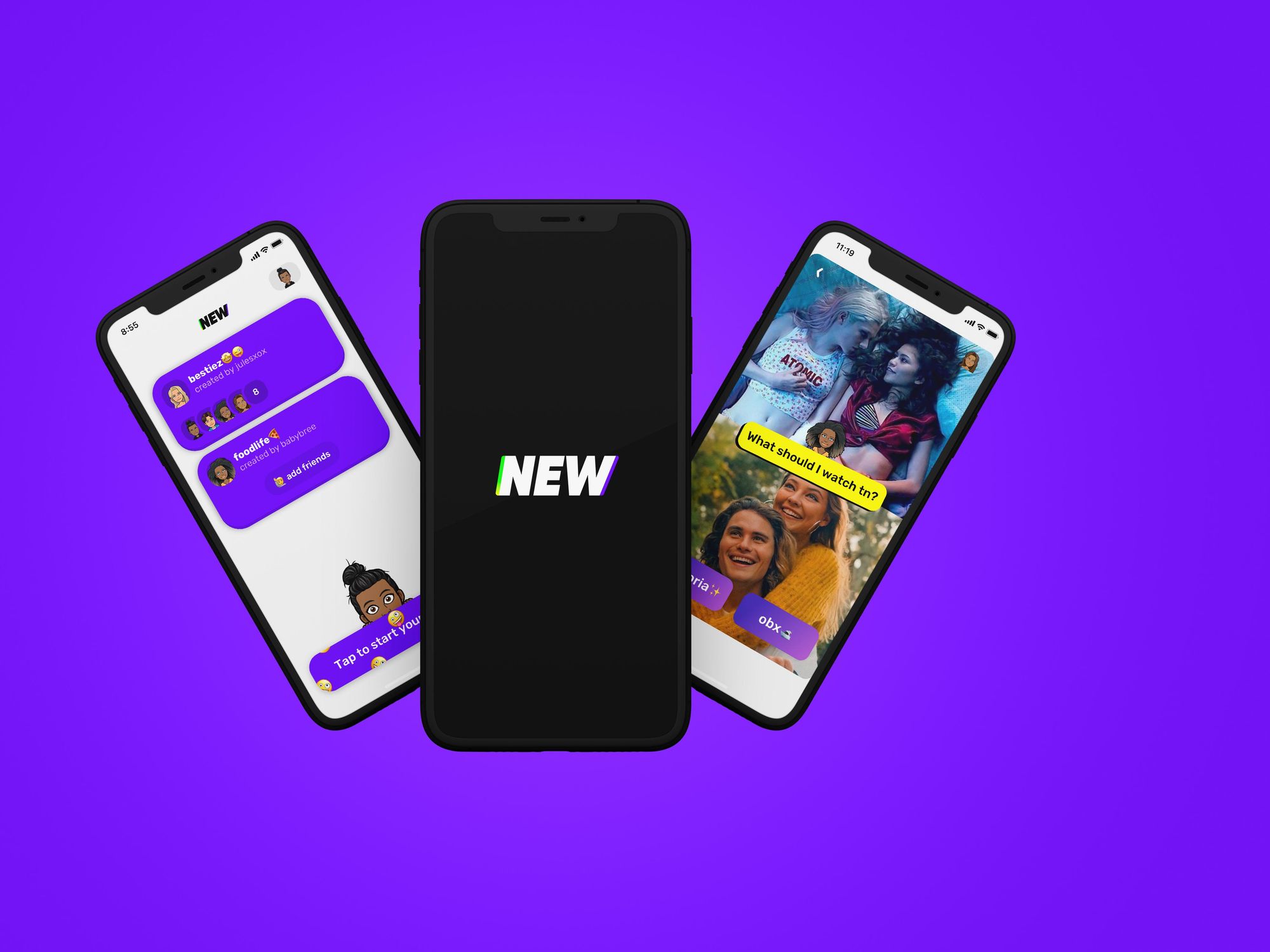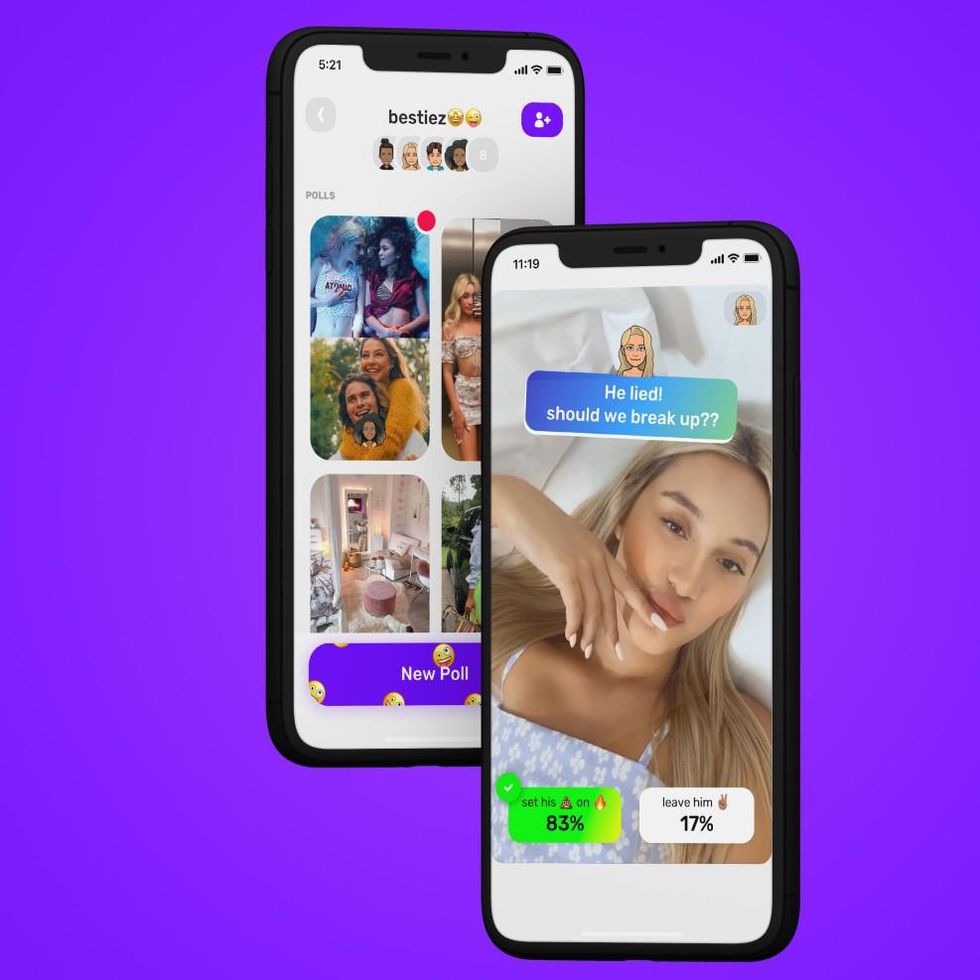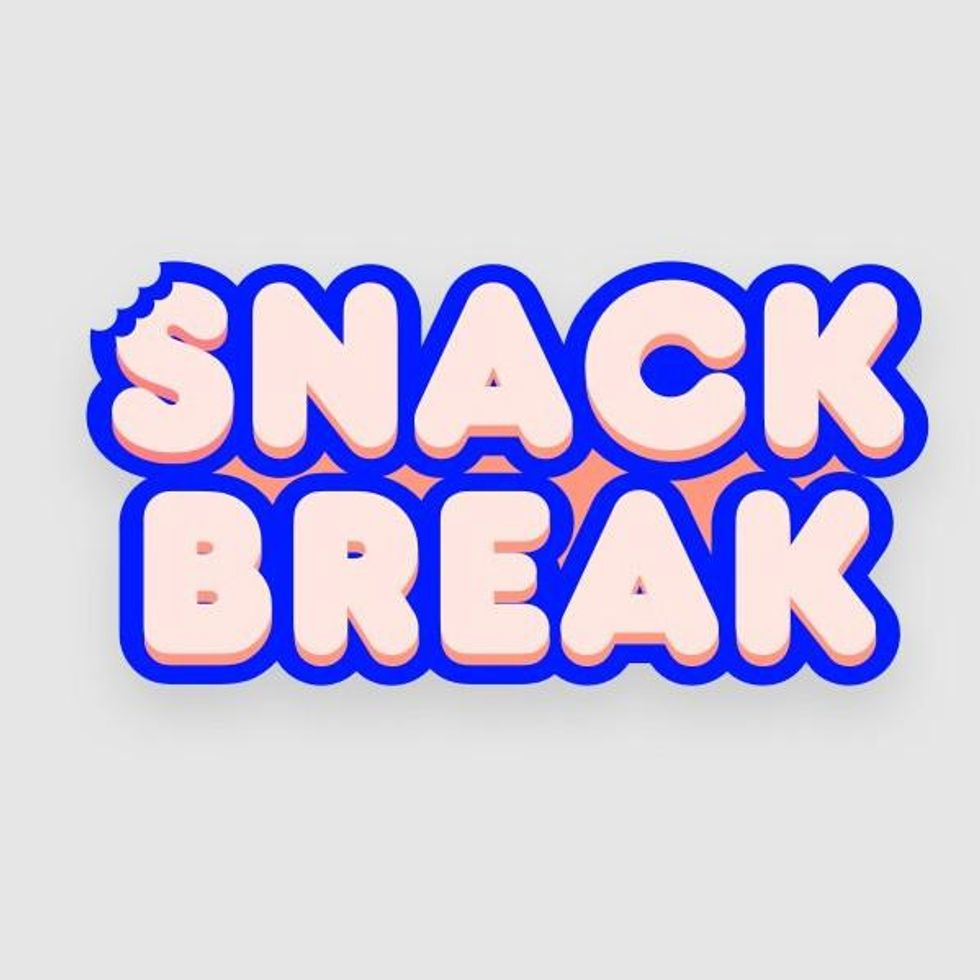Meet the New Products From Snap's Inaugural Yellow Collabs Program
Sam primarily covers entertainment and media for dot.LA. Previously he was Marjorie Deane Fellow at The Economist, where he wrote for the business and finance sections of the print edition. He has also worked at the XPRIZE Foundation, U.S. Government Accountability Office, KCRW, and MLB Advanced Media (now Disney Streaming Services). He holds an MBA from UCLA Anderson, an MPP from UCLA Luskin and a BA in History from University of Michigan. Email him at samblake@dot.LA and find him on Twitter @hisamblake

Clay Weishaar and his sneaker-freaker colleagues designed Dropr, an AR app to recreate the experience of camping out overnight to score a pair of limited-edition kicks. Working with developers and engineers from Snap, they then gamified the experience and added a social component to help make it go viral.
Dropr debuted today alongside eight other companies' new products, all of them developed in conjunction with Snap as part of the company's inaugural Yellow Collabs program.
Snap has previously run three Yellow Accelerator programs, geared toward early-stage companies. In October, it launched Yellow Community, a year-round virtual and in-person (eventually) events circuit for L.A. entrepreneurs. Collabs augments these efforts to connect Snap with external minds and ideas.
The new program focuses on more established companies and helps Snap keep its finger on the pulse of innovation outside the company's walls. It also helps Snap distinguish itself from other social media companies – not only by creating new features for users, but by spreading recognition of Snap's development tools among external developers and designers who can use them for their own projects and companies.
Collabs began on September 21, with a cohort of companies creating games, experiences and other features that integrate with Snap. These integrations can live inside or outside the Snapchat app, and sometimes both, as when a user is ushered between two apps. Some integrations rely on Snap's developer tools, many of which were first announced at Snap's 2020 Partner Summit this summer.
The program focused on supporting companies using the following Snap integrations:
-Snap Minis: small apps that live within Snapchat, with no extra installation required
-Dynamic Lenses: augmented reality (AR) overlays – which Snap calls lenses – that respond to dynamically generated inputs, such as a user's location
-Scan: Computer vision technology that can match what a camera sees with relevant lenses
-SnapML: Lenses designed with machine learning neural networks
-Snap Kit: A wide suite of additional developer tools
The nine companies in the 13-week remote Collabs program worked with Snap employees and executives on product development, design and strategy. Five of the nine companies in this first cohort are based in Los Angeles.
Snap did not provide official applicant numbers, but said the "overwhelmingly positive" response has validated its approach of finding "companies with big ideas for how to leverage the Snap platform to create incredible experiences with the help of some of ours."
Introducing the Nine Projects from Snap's First Yellow Collabs Program
Almost Fun
A nonprofit that provides culturally-relevant, interactive educational resources for BIPOC and low-income students
Snap Integration: A Snap Mini designed to support users' learning, either individually or in groups with friends in their Snapchat network
Fake Artists
A Venice-based creative studio focused on using AR, ML and other tech to help brands engage fans through virtual experiences
Snap Integration: Integrates Snap's dynamic lens into its app, Dropr, which is meant to digitize fashion product-drops through AR try-ons and gamify the experience through challenges that unlock new items
"They were able to coach me on how people engage with Snapchat and the camera to create a better product," said Fake Artists co-founder Clay Weishaar, who is also one of Snap's official Lens Creators. "Originally it was just a virtual try-on...but Collabs helped us come up with gamified try-ons and using unlock mechanisms to reward people, which all comes together in this sharing loop that can reach millions of people."
The next step for Weishaar is to move from a dynamic lens Snap-integration that takes users back and forth between Dropr and Snapchat, and instead use Snap's Camera Kit to fully embed the experience into Dropr.

Givingli
An L.A.-based gift-giving company for digital greeting cards and e-gifts
Snap Integration: A Snap Mini that helps Snapchat users share expressive greetings, celebrate special occasions and connect through giving

NewNew
An L.A.-based social polling app, which helps groups of friends make everyday decisions
Snap Integration: Using Story Kit, one of the developer toolkits within Snap Kit, users on Snapchat and NewNew can create decision-making polls to turn their Snapchat messages into interactive content
"There was a real genuine interest in what we were building," NewNew co-founder Courtne Smith said. "They had a lot of questions and they were really interested to know how we were thinking about our products. I think they could see an immediate synergy between us and them."
"Collabs gave me insight into the inner workings of Snap and how they make decisions and what their values are," she continued. "They were really eager to teach us as much as possible...It's not every day that you get to pick the brains of people who work at these companies and do so so openly and freely."

QReal
Helps companies market and sell products through 3D and AR content with a focus on food, furniture and fashion
Snap Integration: Uses Snap's dynamic lens to import running workout data from a user's phone into a Snapchat lens, meant to help exercise apps and brands create marketing campaigns

SketchAR
An AI-based mobile app that helps users develop their creativity through tools like AR-assisted drawing and photo-editing
Snap Integration: A new tool that allows SketchAR users create and share their own AR lenses.

Snack Break
An L.A-based app-building company that focuses on "bitesize" communication to create shared experiences
Snap Integration: Arteest, Snack Break's newest app, uses Snap's dynamic lens to allow users to make drawings based on a friend's suggestions, then share their creations on Snapchat.

Stacks
A social video studio that helps users to discover, remix and share video and gif memes
Snap Integration: A Snap Mini that enables users to share, edit and react to video and gif memes

Tastemade
An L.A.-based media company focused on food, travel, and home & design content; it reaches 300 million monthly viewers and has been working with Discover, Snap's curated content platform, since its launch in 2015
Snap Integration: A Snap Mini, "Tastemade Me Do It", that offers weekly recipe and DIY challenges, along with polls and stickers that users can share with friends
"We really see this as a huge opportunity to grow our audience and build an even bigger business through Snapchat," said Tastemade general manager of social, Lauren Arso.
"We love the work we do on Discover, and with the Mini platform, we were excited that we could have a little more control over the experience," she continued. "We're also working with the Snap team to create new ways to connect the Discover platform with the Mini platform."
Snap's Yellow ecosystem is now comprised of three programs – Collabs, Accelerator, and Community – but the company's developer and integration tools are not limited to program participants; most are available via a quick application process.
---
Sam Blake primarily covers media and entertainment for dot.LA. Find him on Twitter @hisamblake and email him at samblake@dot.LA
- Snap is Looking for Startups for Its Yellow Accelerator - dot.LA ›
- Snap's Accelerator Program Expands with 'Yellow Collabs' - dot.LA ›
- Snap's 2021 Accelerator Startups Announce Raises - dot.LA ›
- Snap Wants to Help Launch More LA Startups - dot.LA ›
- Snapchat Launches Web Version To Bring Messaging to Computers - dot.LA ›
Sam primarily covers entertainment and media for dot.LA. Previously he was Marjorie Deane Fellow at The Economist, where he wrote for the business and finance sections of the print edition. He has also worked at the XPRIZE Foundation, U.S. Government Accountability Office, KCRW, and MLB Advanced Media (now Disney Streaming Services). He holds an MBA from UCLA Anderson, an MPP from UCLA Luskin and a BA in History from University of Michigan. Email him at samblake@dot.LA and find him on Twitter @hisamblake






 Image Source: Perelel
Image Source: Perelel